U.S. CUSTOMERS: Tariffs are included in the product prices until the situation changes. Click here for more info.
U.S. CUSTOMERS: Tariffs are included in the product prices until the situation changes. Click here for more info.

The Many Benefits of Frankincense Tea
by Dan Riegler November 29, 2023 7 min read 13 Comments
A Traditional Frankincense Tea
Frankincense tea, also known as a Frankincense infusion, is a time-honoured remedy in many cultures. Some of its traditional uses have been researched in recent years and I am surprised to see that many of the classic therapeutic properties associated with Frankincense tea are substantiated in the laboratory. I have listed a few here, but trust you to do your own research as well.

What is a traditional Frankincense Tea?
A traditional Frankincense "Tea" is a simple overnight infusion of Frankincense tears in water that creates a partial emulsion. It is a time-honoured remedy in many cultures and has broad therapeutic applications, is easy to make at home and puts less stress on trees that are already burdened by our demand for Frankincense essential oil.

Sorting Frankincense in Northern Kenya
Not the essential oil
Our recent obsession with Frankincense essential oil can easily blind us to the plethora of therapeutic compounds found in the whole oleo gum resin and is no doubt increasing the pressure we are putting on trees that are already over-harvested and over-burdened with our growing demand for Frankincense essential oil. Remember, there are no Boswellic acids in the essential oil of Frankincense. These therapeutic compounds are left behind after distilling the essential oil.

Traditional therapeutic benefits of Frankincense
Frankincense tea has a broad range of traditional therapeutic applications..
- As a sexual tonic and aphrodisiac
- To increase fertility in men and women.
- To stimulate brain function, memory and intelligence
- As a home remedy for coughs, colds and congestion
- To reduce the pain and inflammation associated with Arthritis and Rheumatoid Arthritis
- As a treatment for Irritable Bowel Syndrome
- Alleviating respiratory complaints such as Asthma and Bronchitis.
- To treat diabetes.
- To ease the irritation of urinary tract inflammations
A teaspoon of Frankincense tears steeped overnight in tepid water is a traditional healing formula that has been around for hundreds if not thousands of years. Placing Frankincense or Myrrh species resins in the day's drinking water is a custom practiced from Arabia to Africa.

Frankincense Carterii harvest Ufeyn Eastern Bari district Somalia. Photo credit M. Nur Warsami.
Frankincense tears-Oleo-Gum-Resins -Luban
Most Frankincense tears are oleo gum resins. When the tree is tapped they exude as an homogeneous emulsion and blend of resin, essential oil, gum and water. The essential oils act as a solvent for the resins as the water does for the gum. These solvents make the material fluid and mobile. As the essential oils and water evaporate, the tears harden. Seeing these milky-white drops appear on the freshly tapped tree, it is easy to see why Frankincense got its name of Luban and Olibanum. The root of the word Luban is Semitic and means white.

How to prepare Frankincense tea
The traditional ratio of Frankincense granules to water is about a teaspoon of tears to 4 cups or a litre of water.
- Place a teaspoon of Frankincense tears in a container. Large tears should be crushed or broken down with a mortar or pestle, or by putting the tears in a Ziploc bag and bruising them with a hammer. Do not powder them. Lentil to pea size is ideal.
- Add 4 cups, (1000 Milliliters) of room-temperature water.
- Cover the container with a saucer or plastic wrap and let it sit overnight.
- In the morning give it a good stir or agitation to homogenize the mix.
- Pour off some of the liquid into a cup or glass as needed.
- Sip it throughout the next day.
- If you prepare too much you can keep it in the fridge for a day or two.
- If you want to prepare a larger amount for future use, freeze it in ice cube trays, then store the frozen cubes in Ziploc bags in the freezer. Thaw them as needed. they should keep well for up to 6 months.
- Remember, traditional use suggests consuming small amounts throughout the day. It is likely more beneficial to consistently drink a cup or two slowly throughout the day than to consume large quantities over a short period.
- Listen to your body, and don’t overdo it. Tempting as it might be...
- Usually, the tears can be infused in water at least once more and will still colour the water.
- When they are spent and the water no longer turns whitish, they can be consumed or burned as incense and a new batch prepared.
- The known side effects of consuming too much Frankincense are digestive discomfort, if you experience digestive discomfort in any way, take a break and moderate your intake.
- Please note: Depending on the type of Frankincense, the season of harvest and the ratio of gum to resin in that particular batch, it may simply turn cloudy and not white as in the photos above. It is still perfect. Enjoy it.

Above-The residue after an overnight infusion of Frankincense tears in water. This material can be used for the next night's infusion.
Which types of Frankincense are best suited to making a traditional tea?
Not all Frankincense types are suited to this type of preparation. Some Frankincense resins have no water-soluble gum and will not create an emulsion or break down when steeped in water.

The following species of Frankincense are the best suited and the most popular types for this application and contain water soluble gum. They all appear as "tears" Click on the name below to purchase some and for a more detailed description of each type in the shop.
- Frankincense Carterii HERE
- Frankincense Dalzielii HERE
- Frankincense Papyrifera HERE
- Frankincense Sacra in the shop HERE
- Frankincense Sacra Royal Green Hojari HERE
- Frankincense Serrata HERE

Frankincense types not suitable for teas
Though Frankincense Rivae, Neglecta and Frereana contain many therapeutic compounds, their lack of water-soluble gum means their resin acids will not be delivered through an emulsion.

 Boswellia/Frankincense Frereana-Somalia. Known as Maydi, Frankincense Frereana has no water-soluble gum which makes it ideal for its traditional use as a long-lasting and healthy chewing gum, but ineffective in a tea. Though Maydi contains little to no Boswellic acids, it has its own set of therapeutic compounds
Boswellia/Frankincense Frereana-Somalia. Known as Maydi, Frankincense Frereana has no water-soluble gum which makes it ideal for its traditional use as a long-lasting and healthy chewing gum, but ineffective in a tea. Though Maydi contains little to no Boswellic acids, it has its own set of therapeutic compoundsCan I add Myrrh to my Frankincense tea?
The answer is yes, in moderation. There is a synergistic relationship between Frankincense and Myrrh, (Please look it up), and for this reason you will often find them used in traditional formulas together. Keep in mind that the root of the Word Myrrh, is Mar which means bitter. Be prepared for a very bitter brew.

Look it up
Put in the time to research everything! We now share a vast brain online, if you can read this post then you can also spend a few minutes looking at research papers, formulas and studies about Frankincense. Take responsibility for educating yourself.
Some tips for your tea
A recent privately funded study shows that the water will absorb more of the Boswellic acids if the PH level is brought up to 11-12. This can done with a small amount of baking soda and Litmus papers.
Though the amount of Boswellic acids absorbed by the water is not a lot compared to the solid resin or commecial extract, it is an easily assimilated form and the body absorbs more of the Boswellic acids than ingesting an extract of pure Boswellic acids.
The study showed that a tea can be prepared twice from the tears and that a third infusion contains a negligible amount of Boswellic acids.
A bit of Scientific research
Laboratory studies of the tea, infusion or aqueous extract/solution of Frankincense support many of the traditional uses. Below, are a few of the studies I came across. I urge you to do your own research. An online query such as “Frankincense tea” or ”Frankincense infusion” won’t yield many results. However, if you phrase your search, “Aqueous solution or Aqueous extract of Boswellia, or something similarly scientific, you will be well rewarded.
I have by no means collated everything there is, but a few hours searching proved fruitful and educational. The potential benefits of a simple tea of Frankincense are extensive and yet to be fully explored. Here are a few. I would be very pleased if any of my readers posted other related studies in the comments for everyone's edification.
- To increase fertility in both sexes-https://www.jstage.jst.go.jp/article/jhs/53/4/53_4_365/_pdf
- http://jhs.pharm.or.jp/data/53(4)/53_365.pdf
- To reduce cholesterol, protect the liver and kidneys.-https://www.ncbi.nlm.nih.gov/pubmed/15991575
- To increase the power of memory and learning in adult offspring-https://www.sid.ir/paper/49942/en
- https://www.ncbi.nlm.nih.gov/pubmed/25657807
- http://jsci.khu.ac.ir/browse.php?a_id=1101&sid=1&slc_lang=en
- As an antibacterial https://www.researchgate.net/publication/269104184_Antimicrobial_activity_of_frankincense_of_Boswellia_serrata
- Treating dementia and Alzheimer’s disease-effect-of-frankincense-as-on-alzheimers-disease-model
- To prevent or treat rheumatoid Arthritis other autoimmune inflammatory Diseases-Analysis of Frankincense Extracts which Inhibit the Growth of Bacterial Triggers
- To address memory impairment-https://www.researchgate.net/publication/305636410_
- http://www.ncbi.nlm.nih.gov/pubmed/22178177#
- With Myrhh https://www.ncbi.nlm.nih.gov/pmc/articles/PMC5504955/
- https://www.nature.com/articles/srep13668
- As a neuroprotective agent-http://jssu.ssu.ac.ir/article-1-3586-en.html
- Inhibits Cancer progression-https://www.spandidos-publications.com/10.3892/mco.2023.2673
Studies like these remind me how much we don’t yet know about nature, our bodies and diseases. There is so much more for us all to learn. It also tells me that our obsession with taking things apart and consuming individual active compounds, ( such as essential oils), is likely to our detriment, that of the land and the plant species that give us our medicine.
If this type of traditional tea is used in your culture or family, leave me a note in the comments. I would love to hear from you.
This is an updated version of a popular post that was originally published in 2017.
Dan

Dan Riegler is an Herbal Apothecary, Artisan, formulator, distiller and advocate for sustainable management of our aromatic and medicinal plants. A lover of Nature, he is a friend to trees and a sap for resins. Dan travels regularly to Kenya and Ethiopia to meet with Frankincense harvesters and purchase fresh Frankincense and Myrrh resins directly from them.
Apothecary's Garden provides an ever-growing selection of fresh & fair trade, ethical and sustainably harvested medicinal and aromatics including Frankincense and Myrrh, local and exotic fragrance materials, artisan distilled essential oils, natural perfume ingredients and animal essences. Apothecary's Garden shop also showcases Dan's aromatic, cosmetic and therapeutic preparations, salves, cremes, tinctures and oils, as well as those of Guest artisans from around the world.
The Blog, Apothecary's Garden is a journal about Herbs, plants and processes, recipes, plant Alchemy, traditional wisdom and our Relationship with Nature.
13 Responses
Dan
January 17, 2024
Thanks Sara!!
Dan
January 17, 2024
Thank you joyce!
Dora
January 01, 2024
I am very grateful for the fantastic information, thank you to all people for their research and hard work that made possible this article . I love frankincense since I was a child going to church and they will burn it as incense. Thanks
Yvonne brown
December 10, 2023
Thanks for the information
Wanda Redd
December 07, 2023
Like to learn more about natural herbs and teas that can heal your body. I have arthritis found myalgia and a lot of pain, empty my body, like to know more about healing the natural way.
Joyce
December 07, 2023
Frankincense is magical and generous… and so are you. Thank you for this educational invitation to make tea. 🌹
Colleen Cunningham
December 04, 2023
Need to try …
Sharlene Dunaway
December 04, 2023
I want to learn more on more natural products and healing
Zach
December 04, 2023
Thank you Dan for sharing your time, effort, and wisdom with the world!
I thought I was going crazy when I couldn’t find one of your blog posts from a while back but quickly realized you’ve been updating and re-uploading them. Please continue to do so as your blogs are better put together and included more of the critical / important information than anywhere else I’ve found!
I’m not sure if Gail will see this, but anyone that wants to buy these things- they can be purchased right here on dans shop. Granules are just the result of breaking down bigger pieces. (I will note, in my limited experience-Bigger prices store longer / loose less of the sensitive constituents on the inside, but might need to be broken down before use, you don’t need to buy it in granules, just read dans blog on how to grind and process resins)
Gail brooks
December 03, 2023
How can I buy these granules?
Rand
December 03, 2023
This is fascinating since i’ve always love frankincense on high holy days. i was always attracted to it. this maybe what i need right now so i will find out more information so thank you. it seems coincidental but it might be a godsend?
Sara
December 01, 2023
Thank you! I am very interested in the use of raw incense materials as medicine, so I was very happy to see this article. I appreciate the time it took to gather the information. I do love your website.
Leave a comment
Comments will be approved before showing up.
Also in Apothecary's Garden Blog
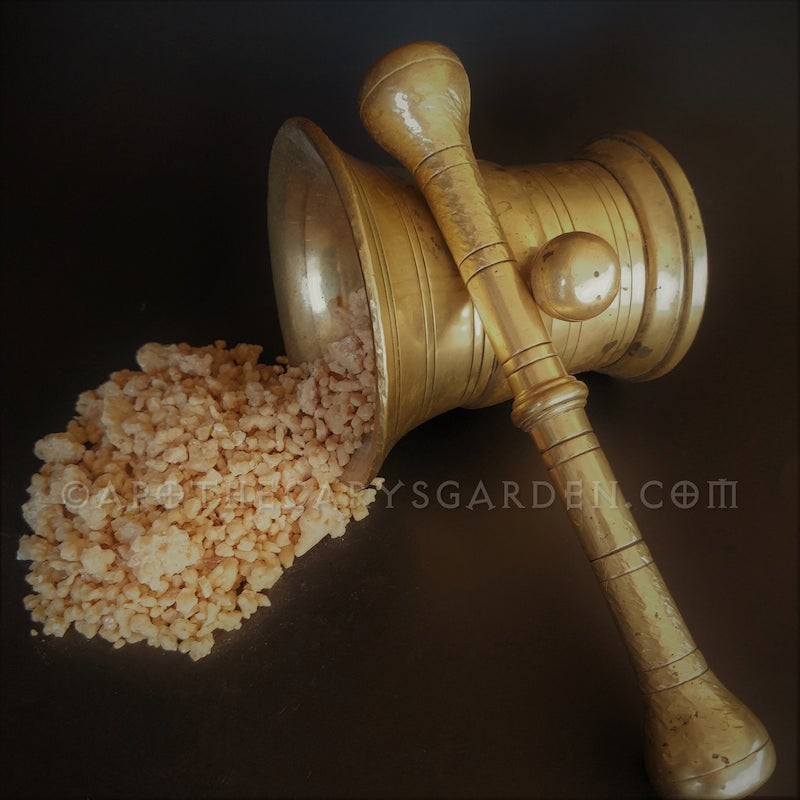
How to make a Frankincense Resin Extract with Boswellic acids
by Dan Riegler February 13, 2025 5 min read
The resin portion of Frankincense contains very valuable therapeutic compounds called Boswellic acids. You won't find them in the water-soluble gum, and you will not find them in the essential oil of Frankincense. We cannot use these resin acids to their fullest extent until we liberate the resin from the gum portion.
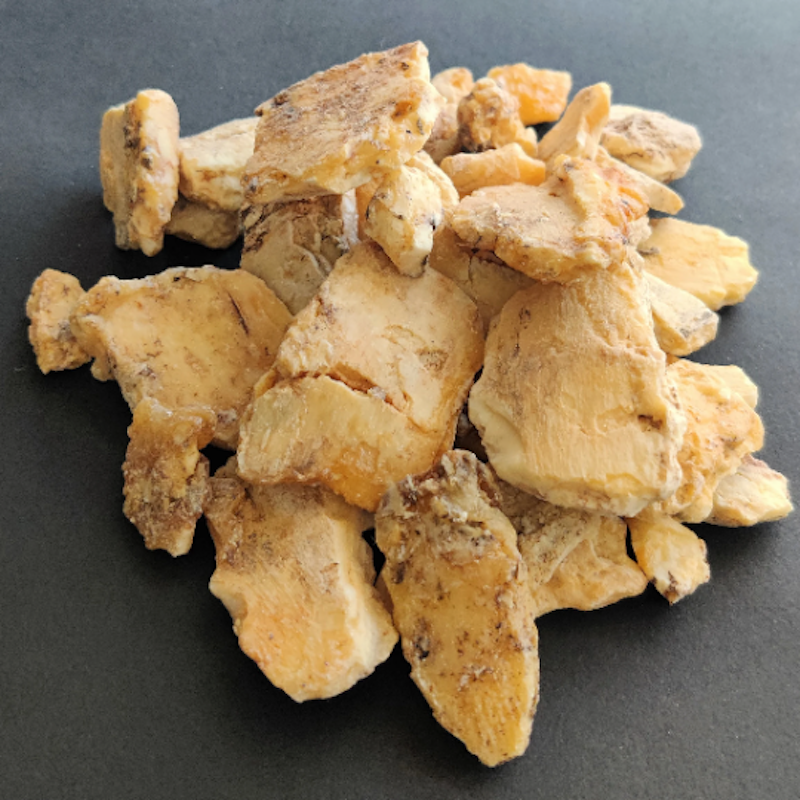
Sumatrana Benzoin-A New sustainable resin for Medicine, Incense and perfume
by Dan Riegler February 05, 2025 5 min read
Sumatrana Benzoin is harvested sustainably by farmer families in a small area of Northern Sumatra. This resin is unique in that it has floral notes other Benzoin types Lack. It has only recently been introduced to the Western market for use in perfume, medicine, incense and cosmetics.
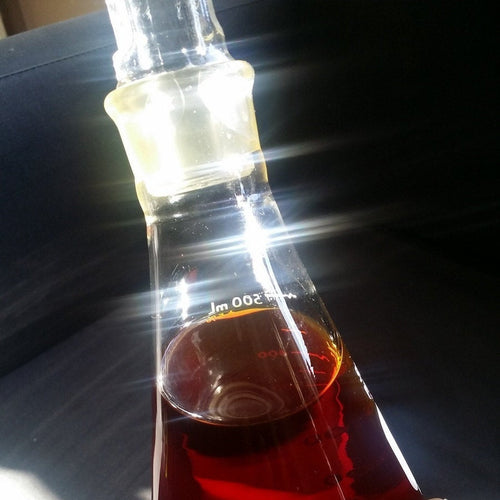
How to make a Medicinal Tincture of Frankincense
by Dan Riegler January 23, 2025 5 min read
There are several ways we can benefit from the anti-inflammatory and anti-cancer resin compounds found in Frankincense resin. A tincture is one of them and an easy product to make at home.
Recent Articles
-
How to make a Frankincense Resin Extract with Boswellic acids
February 13, 2025
-
Sumatrana Benzoin-A New sustainable resin for Medicine, Incense and perfume
February 05, 2025
-
How to make a Medicinal Tincture of Frankincense
January 23, 2025
-
Frankincense as Medicine-Truth, Myth, and Misinformation
January 15, 2025
-
Sustainable Frankincense from the Samburu women of Kenya
December 04, 2024
-
How to make a Tincture of Myrrh for oral health
November 27, 2024
-
Green Frankincense Demystified
October 04, 2024
-
How to make an oil extract of Frankincense-2 methods
January 17, 2024
-
Suhul Myrrh-A gift from the trees
January 03, 2024
-
How to prepare Winter Medicine with local Tree Resins
December 14, 2023
Categories
- Akba
- Ambergris
- Animal Welfare
- Animalics
- Anti-inflammatory
- Aphrodisiacs
- Aphrodite
- Apothecary Arts
- BA
- Benzoin
- Boswellia
- Boswellia Carterii
- Boswellia Frereana
- Boswellia Neglecta
- Boswellic Acids
- Boswellis Serrata
- burn incense
- cancer
- Censer
- Chest Rub
- Commiphora
- Commiphora Myrrha
- Copal
- Cough Balm
- DIY
- DIY Frankincense extract
- Fair trade
- ferula
- Frankincense
- Frankincense Absolute
- Frankincense as medicine
- Frankincense Extract
- Frankincense Neglecta
- Frankincense Sacra
- Frankincense Tincture
- Frankincense tutorial
- Incense
- Incense burners
- Incense Making
- Incense Resins
- kenya
- Medicated oils
- Medicine chest
- Muscle Rub
- Musks
- Myrrh
- Myrrh tincture
- new
- Perfume
- Perfume Ingredients
- Perfume Making
- Perfumery
- Pine
- Pine Resin
- Resin extract
- Royal Green Hojari
- Sacred Copal
- Samburu
- Spruce Resin
- Suhul Myrrh
- Sultans Select
- Sumatrana Benzoin
- Sustainability
- Sustainable Frankincense
- Sustainable Harvest
- tincture
- Traditional Medicine
- Tree Medicine
- Tree Resins
- Tutorials
- Wildcrafting
- Wood finishes
Where are you Blog posts Dan?
Please bear with me as I rewrite, update and link my old Blog posts to the new shop. If you don't see the tutorial or post you are looking for, pop in periodically. I should have them all up, updated and running in the next few weeks.
Subscribe
Sign up to get the latest on sales, new releases and more …
- Comments
- DISQUS
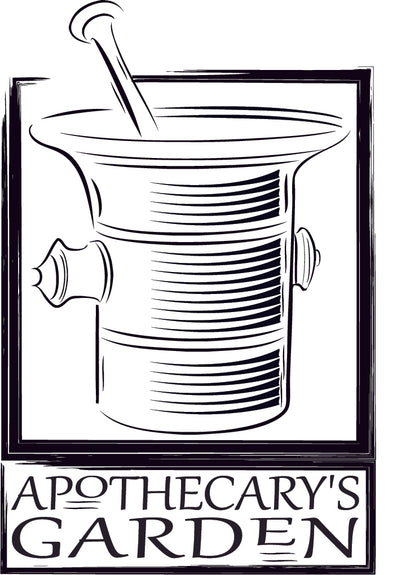
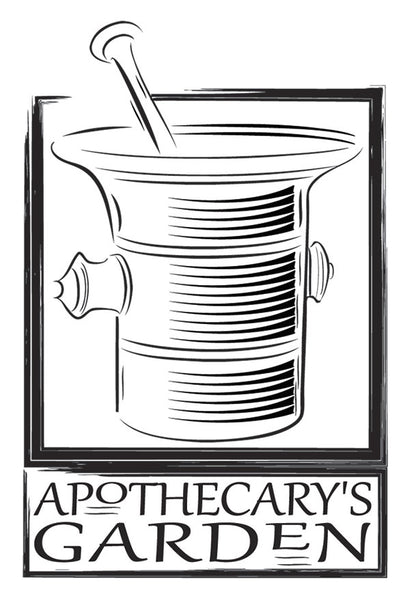
Amanda
February 05, 2025
Well, I have to say, I am a drinker and oiler.
I first purchased an ounce of green hojari from Dan in 2021. I am almost out now, but sooooo not wasteful. I know what it is like without so the rest goes in my topical oils.
I rarely come across this green kind but it was the first time in many years, other times I had purchased it underground from VISA students on the campus.
It really does work well for cholesterol levels.
While I was working an incredibly stressful job my cholesterol and triglycerides stayed in target and in fact the "good" cholesterol was high….
So when I quit my job and moved away to "home", did my cholesterol panel and it has reversed and it was true I did not have access to resins. I started back up in 2021 and it flipped back
While I could buy essential oil it didn't feel right in my soul. I kept trying the essential oil route and bought a few here too; but still lacking that something I decided that give up mostly on EOs. The money for one and finding that the morals of harvesting for EO was meager to non-existent.
So I found Dan's shop. And I could not be more grateful for not only his provisions but also ethical standards.
I am scared one day I will have to live without. It is such a sacred medicine and yes I am mixed north American Indigenous but also part of the mixed decends from the Arabian peninsula.
Both are equally rich and beautiful
Dan, you provide me with the only cultural access to a piece of my culture with the moral medicine standards of North American Indigenous medicine keepers AND ARABIAN medicine keepers. Traditional medicine standards are the same and I may be blacklisted in America for admitting "part white" but what a beautiful part you allow me to participate in.
My gratitude cannot be expressed for these medicines you make accessible.